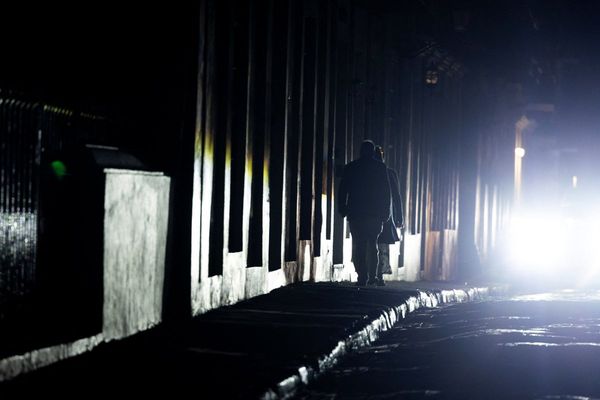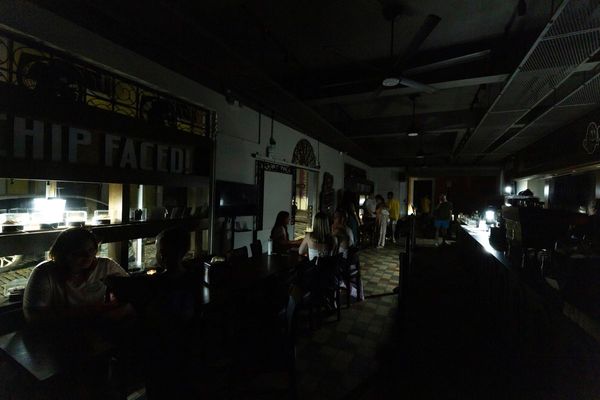Landholders in the rural area of Alice Springs are concerned about what they say is a lack of communication by the Northern Territory government over firebreak management on Crown land.
Their concern comes after three consecutive wet summers increased fuel loads, mainly the contentious and invasive buffel grass, prompting fire authority Bushfires NT to extend the fire season from February 28 to April 30.
Southern district officer Stephen Hunter said recent weather had resulted in higher fuel loads and a higher risk of bushfires late in the season.
"We've gone through a period of extensive rain over November, starting with a wet microburst through December and January, and that's actually increased the fuel load over that time," he said.
"The areas that have already been burnt from Undoolya in June, all the way through up to the wet microburst, has actually regrown."
Mr Hunter said the advice they were receiving was the fuel loads were between 5 to 7 tonnes per hectare.
Labour shortage
Mr Hunter said finding contractors to carry out the extensive fire break obligations on Crown land had been challenging.
"The department that's responsible for it has several hundred kilometres of fence lines to manage and several hundred kilometres of fire breaks to manage," he said.
"Their ability to do that is reliant, at the moment, on subcontractors or contractors having the time and space to do that.
"And as we know, in Central Australia at the moment, there is a labour shortage."
No clear answers
Jude Lovell, a Ross Highway resident on the outskirts of Alice Springs, said it was difficult to get clear answers from the NT's Department of Planning, Infrastructure and Logistics (DIPL) about when the fire breaks would be completed on Crown land next to her property.
"I have received one letter, which came from the minister's office, to say they had spoken to DIPL and they guaranteed that the fire breaks would be recut by the end of January," Dr Lovell said.
"DIPL hasn't responded to any direct enquiry by phone or email. At any point in time, no-one has stopped to communicate with us."
Dr Lovell said in January it became clear she would have to maintain the fire breaks herself.
"We just bought ourselves, in that period, some sense of security," she said.
"We used our equipment again and cut the breaks. So that's the third time in probably six or seven months that we've cut those breaks."
Contractors have since carried out maintenance work on fire breaks near her property.
Government 'inaction'
Arid Land Environment Centre policy officer Alex Vaughan said Northern Territory government "inaction" on buffel grass was responsible for the current fuel loads and fire risk.
"It's devastating that a neutral and status quo position continues … because it threatens to put lives at risk," he said.
"We know the threats buffel grass has to landscape ecosystems, threatened species, cultural values, public safety, the tourism industry, infrastructure and human health."
Mr Vaughan said not declaring the grass a weed created a bottleneck in its management.
"We can learn from South Australia where it is a declared weed," he said.
"We know a weed declaration then initiates weed management plans, which will put a greater focus on fire mitigation opportunities.
"It also creates opportunities for targeted funding for management of buffel grass."
Mr Vaughan said a good example was how the NT government had controlled gamba grass in the savanna and grassland regions of northern Australia.
"Gamba grass has a gamba fire mitigation unit where it's really tasked to improve awareness of and engagement in the issue," he said.
A DIPL spokesperson said in a statement that more than $1.2 million was spent each year to control weeds and fire on vacant Crown land.
"High-risk areas are identified and prioritised in consultation with Bushfires NT and the Northern Territory Police, Fire and Emergency Services," they said.
"The department ordered maintenance through a period contract, which occurred in late February once contractors were available."







